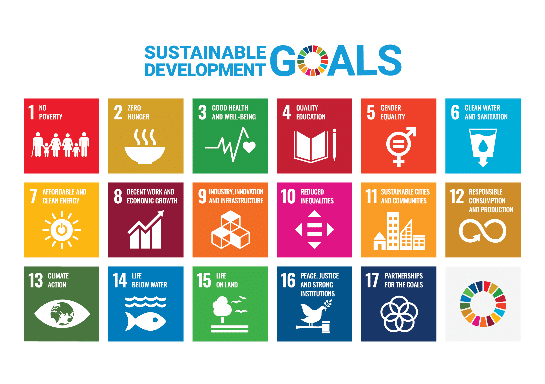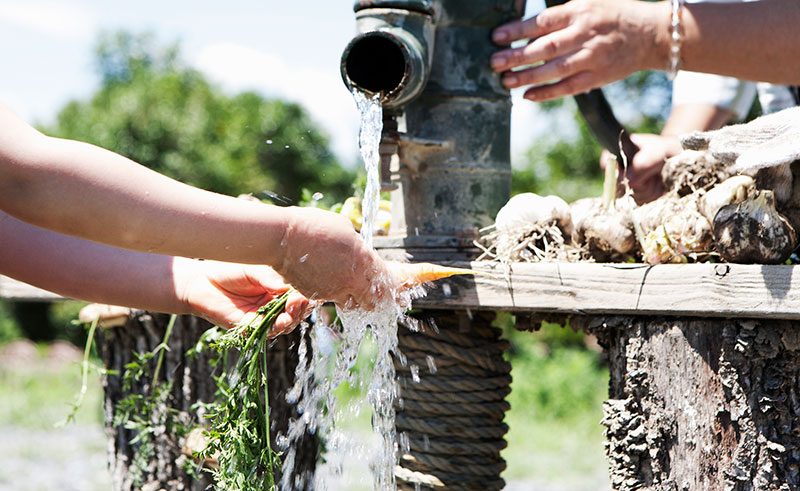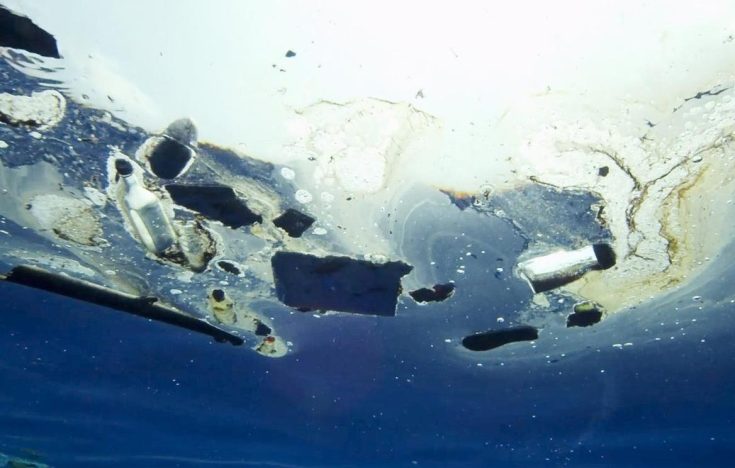This content is also available in:
This article is also available in Simplified Chinese .
For nearly 30 years, World Water Week has forced the lens onto solving one of the most fundamental issues plaguing mankind – giving the world’s population access to clean water. And as Covid-19 forces this year’s event to take place “at home” via virtual events, the pandemic has simultaneously underscored the importance of sanitation.
Since Covid-19 first appeared, the World Health Organisation (WHO) and health authorities the world over have been calling upon people to wash their hands for at least 20 seconds with soap and clean water or to shut the lids to their toilets when they flush – two simple yet most effective ways to limit the spread of pathogens and prevent infections, including the new virus.
But it’s difficult to practice hand hygiene without access to clean running water, a basic necessity many have long taken for granted. Nearly two billion people in the world have water systems that are contaminated by fecal matter, while almost one billion lack access to basic sanitation including toilets.


The World Bank put the economic impact of poor sanitation at $223 billion of global GDP in 2015. Asia and the Pacific bore the most impact, with losses of about 1.1 percent of GDP overall, and some nations losing more than five percent of their national GDP.
However, overall, Asian countries have made good progress in improving access to safe drinking water and sanitation over the past decade.
Only one percent of the population now uses surface water for drinking purposes and around 92 per cent now have access to basic drinking water. Between 2000 and 2017, the provisions of basic sanitation increased by 36 percent in Central and Southern Asia and 24 percent in Eastern and South-Eastern Asia.
Emerging initiatives
There is still
hope. While poor sanitation is costly to economies, the reverse presents the
opportunity for significant benefits: the WHO
estimates that for every dollar invested in improving sanitation and water
supply, four dollars could be saved in medical costs and through increased
productivity.
Big companies are also using the SDGs as a basis for their sustainability strategies. Among the many examples is Dutch brewer Heineken, which has made commitments to reduce its water use. In Indonesia, it has worked with UN agencies and partnered with an NGO to replant trees and restore land that is critical to the water supply and flood resilience of 30 million people.
As more companies look for ways to build their sustainability strategies around the goals, the importance of this year’s World Water Week, even at home, will continue to grow.
The content of this publication has not been approved by the United Nations and does not reflect the views of the United Nations or its officials or Member States.
For nearly 30 years, World Water Week has forced the lens onto solving one of the most fundamental issues plaguing mankind – giving the world’s population access to clean water. And as Covid-19 forces this year’s event to take place “at home” via virtual events, the pandemic has simultaneously underscored the importance of sanitation.
Since Covid-19 first appeared, the World Health Organisation (WHO) and health authorities the world over have been calling upon people to wash their hands for at least 20 seconds with soap and clean water or to shut the lids to their toilets when they flush – two simple yet most effective ways to limit the spread of pathogens and prevent infections, including the new virus.
But it’s difficult to practice hand hygiene without access to clean running water, a basic necessity many have long taken for granted. Nearly two billion people in the world have water systems that are contaminated by fecal matter, while almost one billion lack access to basic sanitation including toilets.

Most goals rely on SDG6
Amongst the 17 United Nations Sustainable Development Goals (SDG), nearly all are interdependent on the success of Goal 6, or ensuring sustainable access to clean water and sanitation for all. While such access is seen as a basic human right, it forms the basis to eliminate poverty, hunger, improve health outcomes and reduce inequality, as well as boosting standards of education as more kids spend time in schools rather than sourcing and transporting water.
The World Bank put the economic impact of poor sanitation at $223 billion of global GDP in 2015. Asia and the Pacific bore the most impact, with losses of about 1.1 percent of GDP overall, and some nations losing more than five percent of their national GDP.
Solving Asia’s water woes
Much of Asia’s water problems stem from rapid urbanisation, a region that is home to 54% of the world urbanisation population. In many countries, especially in South Asia, lack of access to clean water and sanitation is contributing to targets being missed, with the situation stagnating or getting worse in developing nations.| Asia’s water challenge • 369 million people without access to basic sanitation • 165 million people lacking access to basic drinking water • Around 30 percent of the region’s population is already facing water scarcity • Climate change and rising demand expected to increase water scarcity • By the 2050s, Asia is expected to have greater demand for water than the rest of the world combined Sources: UNICEF Water, Sanitation and Hygiene (WASH) Annual Results Report 2019 IIASA: ‘Is Asia facing a coming water crisis?’ |
However, overall, Asian countries have made good progress in improving access to safe drinking water and sanitation over the past decade.
Only one percent of the population now uses surface water for drinking purposes and around 92 per cent now have access to basic drinking water. Between 2000 and 2017, the provisions of basic sanitation increased by 36 percent in Central and Southern Asia and 24 percent in Eastern and South-Eastern Asia.

Emerging initiatives
There is still
hope. While poor sanitation is costly to economies, the reverse presents the
opportunity for significant benefits: the WHO
estimates that for every dollar invested in improving sanitation and water
supply, four dollars could be saved in medical costs and through increased
productivity.“By the 2050s, Asia is expected to have greater demand for water than the rest of the world combined.”This is giving companies reason to rethink their strategies and investment in technology. In Vietnam, for example, Australian company Akvotek is treating dirty water from a canal in the Mekong River using a chemical-free process it developed. This energy-efficient processing system provides at least 400 homes and 2,000 people in the southern city of Ben Tre with access to safe drinking water.
Big companies are also using the SDGs as a basis for their sustainability strategies. Among the many examples is Dutch brewer Heineken, which has made commitments to reduce its water use. In Indonesia, it has worked with UN agencies and partnered with an NGO to replant trees and restore land that is critical to the water supply and flood resilience of 30 million people.
As more companies look for ways to build their sustainability strategies around the goals, the importance of this year’s World Water Week, even at home, will continue to grow.
The content of this publication has not been approved by the United Nations and does not reflect the views of the United Nations or its officials or Member States.
